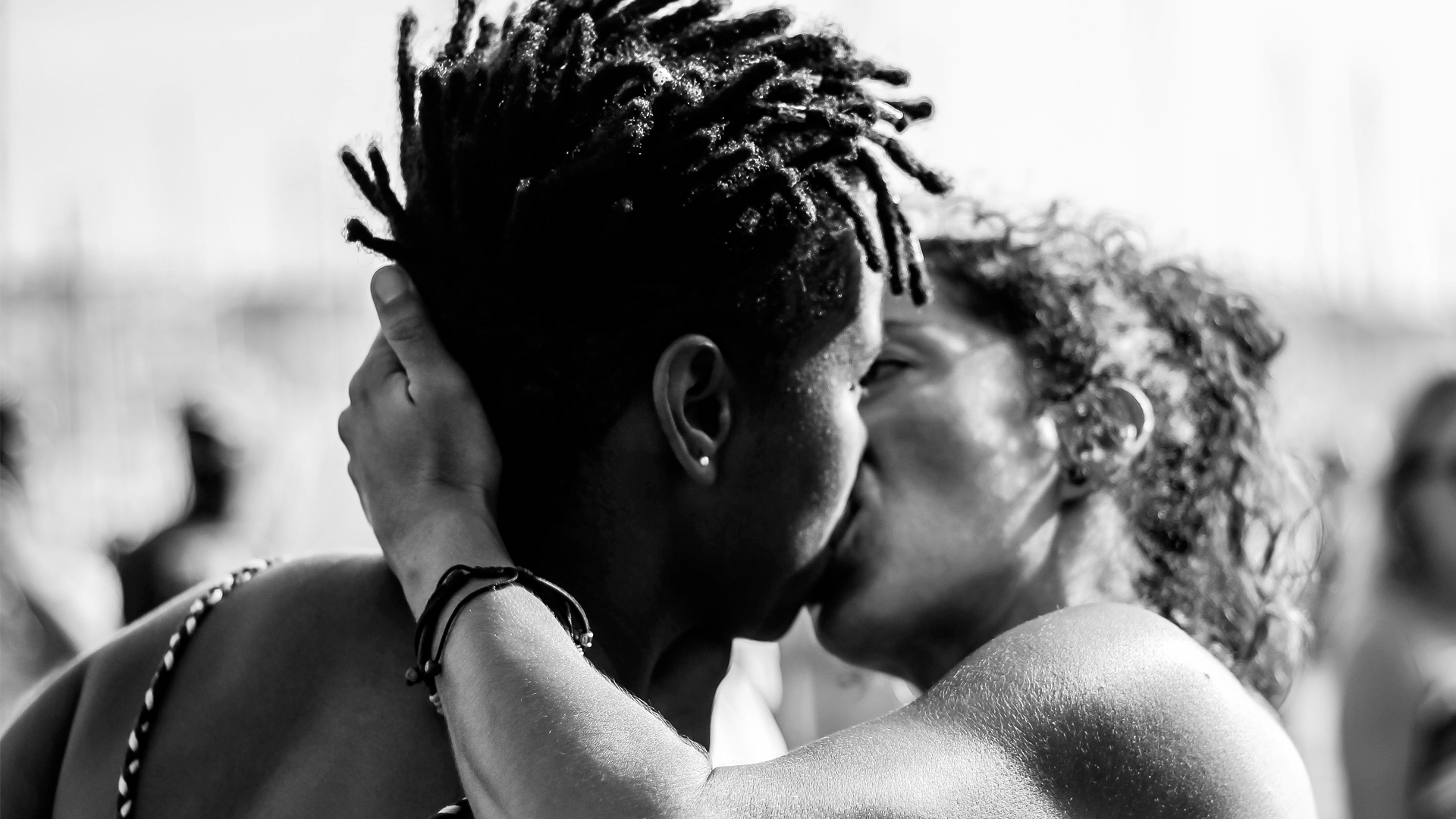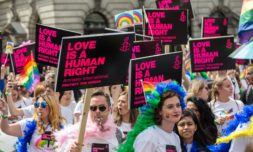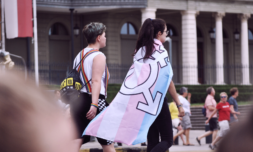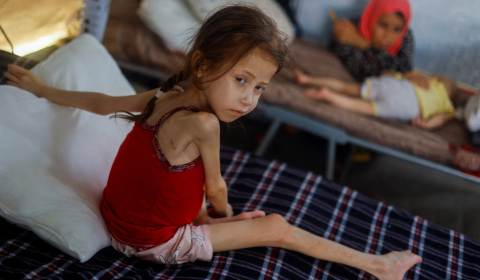Stock footage is notoriously lacking in diversity, but a royalty free video platform called Storyblocks is pushing demands for a larger LGBTQIA archive and deeper media visibility with its new campaign.
It’s no secret to anyone in publishing or video editing that stock image and footage websites aren’t exactly brimming with diversity.
For context, a recent Facebook study on consumers revealed that more than half feel underrepresented by modern advertising, with 70% believing more needs to be done to drive deeper media visibility for all.
Existing media – particularly advertising – is often labelled as tokenistic, with odes to underrepresented groups generally brief and baring the hallmarks of bluewashing. Often the case with depictions of same sex couples, data shows that straight relationships received more than double the screen time in UK ads throughout January.
Despite our progress, and there has definitely been some in recent years, metrics still show that far more needs to be done to accurately reflect LGBTQIA in particular throughout all facets of media.
This movement is exactly what stock footage company Storyblocks aims to push with its ‘Queer Spaces & Faces’ campaign.
What is Queer Spaces & Faces all about?
The driving force behind news outlets, websites, and commercial campaigns across the globe are stock content platforms like Getty, Shutterstock, and of course Storyblocks. Without them, the headline images and thumbnails that draw us into articles and videos simply wouldn’t exist.
In that same sense, if the photo and video libraries we rely on to push content are limited in selection and only represent a few members of a diverse community (or worse stereotype them), then that will also be reflected in the wider media.
So, where do we go from here?
As the CEO of anti-defamation LGBTQIA group GLAAD recently stated, we need more content ‘depicting LGBTQIA people as everyone should be – namely, as dynamic, multi-dimensional, and authentic.’ This is where Storyblock’s Queer Spaces & Faces campaign comes in.
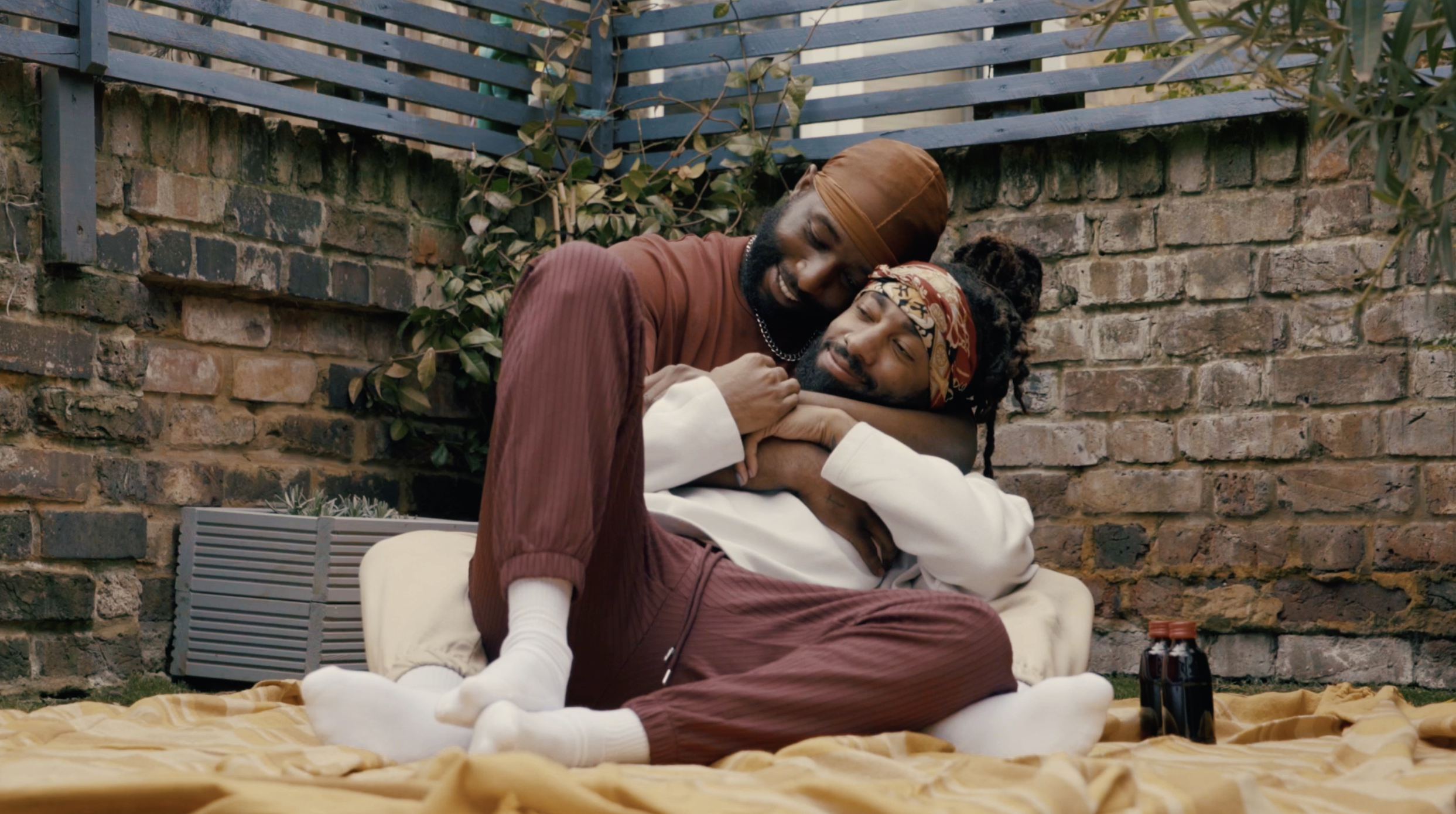
Working to create a more complete public archive of varied queer communities for media outlets and creatives to choose from, Storyblocks sourced and selected six genuine subjects belonging to different races, genders, body types, socioeconomic classes, and identities.
These diverse models worked with photographers and filmmakers to record upwards of 50 videos and photos each – honouring underrepresented themes like Black male love, and same sex parenting. All will be available with anyone with a Storyblocks subscription.









